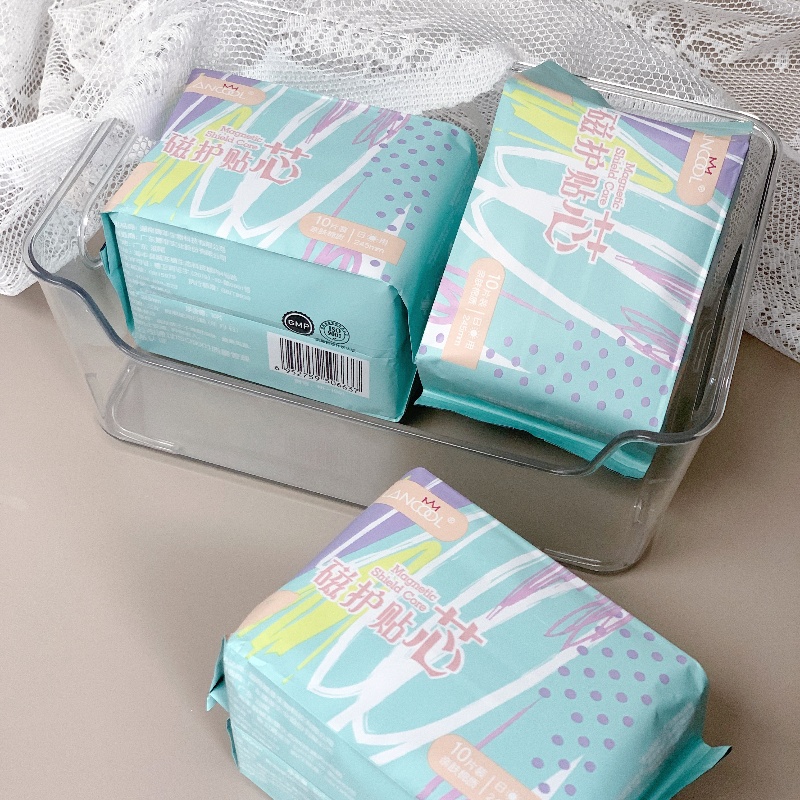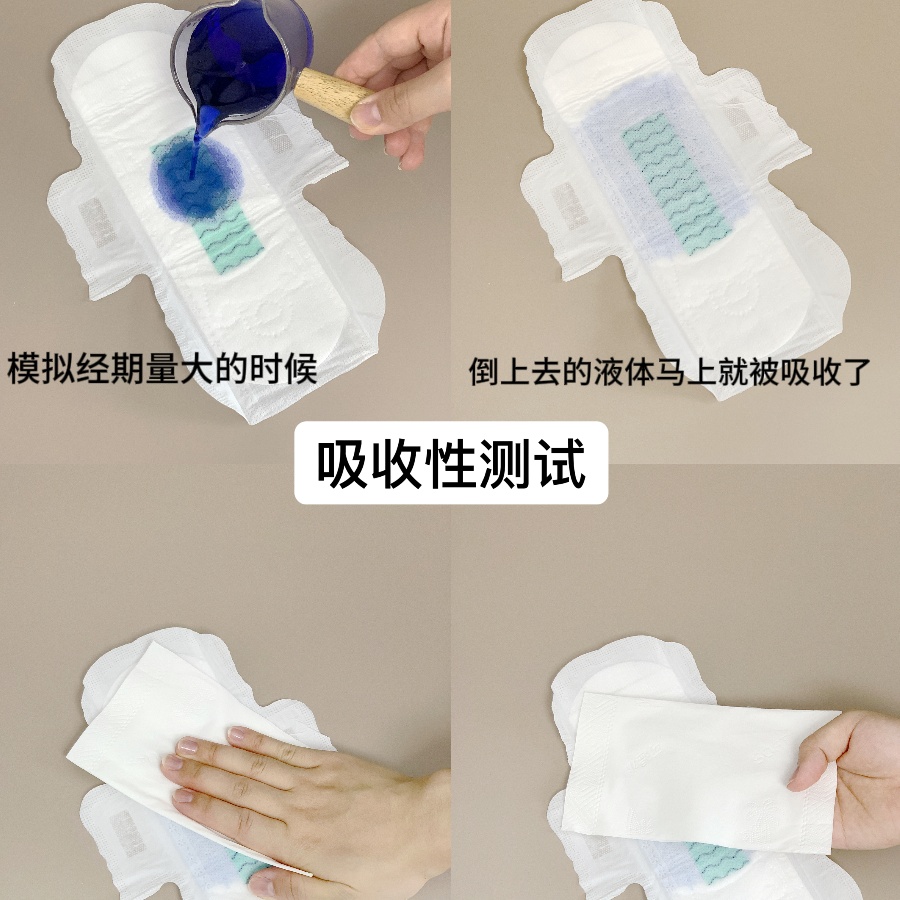What meaning of menstrual pad?Discover the Benefits of Nafei Menstrual Pad OEM
2024-08-01
What meaning of menstrual pad?Discover the Benefits of Nafei Menstrual Pad OEM
In the competitive landscape of menstrual pads, Nafei menstrual pad OEM stands out for its superior manufacturing capabilities and innovative solutions. Nafei menstrual pad OEM specializes in producing high-quality menstrual pads for various brands, ensuring that each product meets stringent standards for comfort, absorbency, and reliability.
One of the key advantages of partnering with Nafei menstrual pad OEM is their commitment to customization. They offer tailored solutions to meet specific brand requirements, whether it's unique pad designs or advanced absorbency technologies. This flexibility allows brands to offer products that perfectly align with their market needs.

Additionally, Nafei’s state-of-the-art manufacturing processes ensure that all products are produced with high efficiency and consistent quality. Their rigorous quality control measures mean that brands can trust in the durability and effectiveness of their menstrual pads.
Overall, Nafei menstrual pad OEM provides a valuable combination of innovation, customization, and reliability, making them a preferred choice for brands looking to deliver top-notch menstrual products to their consumers.
A menstrual pad, or simply a pad, (also known as a sanitary pad, sanitary towel, sanitary napkin or feminine napkin) is an absorbent item worn in the underwear when menstruating, bleeding after giving birth, recovering from gynecologic surgery, experiencing a miscarriage or abortion, or in any other situation where it is necessary to absorb a flow of blood from the vagina. A menstrual pad is a type of menstrual hygiene product that is worn externally, unlike tampons and menstrual cups, which are worn inside the vagina. Pads are generally changed by being stripped off the pants and panties, taking out the old pad, sticking the new one on the inside of the panties and pulling them back on. Pads are recommended to be changed every 3–4 hours to avoid certain bacteria that can fester in blood; this time also may differ depending on the kind worn, flow, and the time it is worn.
Menstrual pads are made from a range of materials, differing depending on style, country of origin, and brand.The pads are not the same as incontinence pads, which generally have higher absorbency and are worn by those who have urinary incontinence problems. Although menstrual pads are not made for this use, some use them for this purpose.





